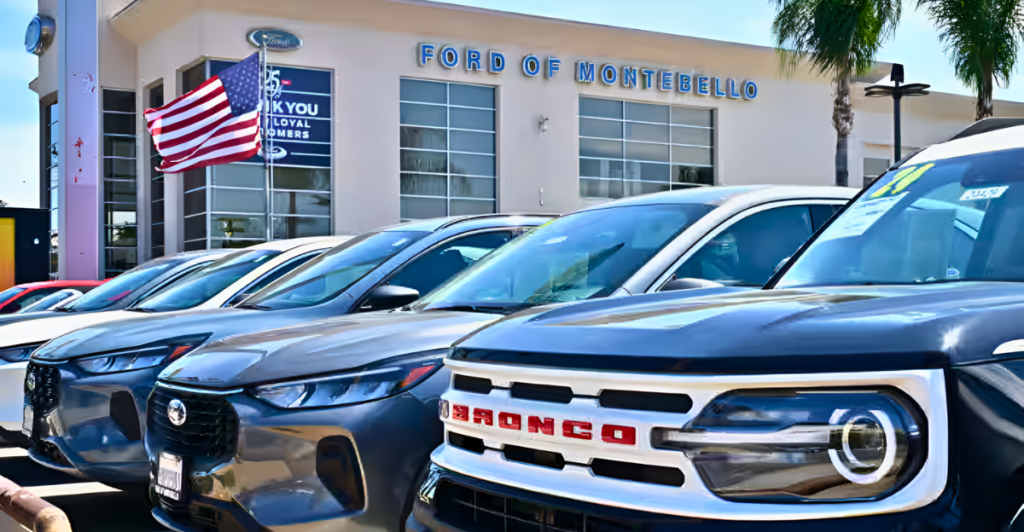
In a dramatic turnaround, President Trump’s tariffs on vehicles and auto parts made abroad have created a renaissance in America’s auto sector.
A previously faltering industry, American auto manufacturing is witnessing spectacular job creation as companies are being encouraged to bring production home to U.S. shores. The policy is designed to increase domestic jobs, stimulate local economies, and cut back on foreign products.
But with looming trade tensions and increased prices ahead, the question is: is this the answer the auto sector needed, or a gamble that may ultimately backfire?
A Bold Move by Trump
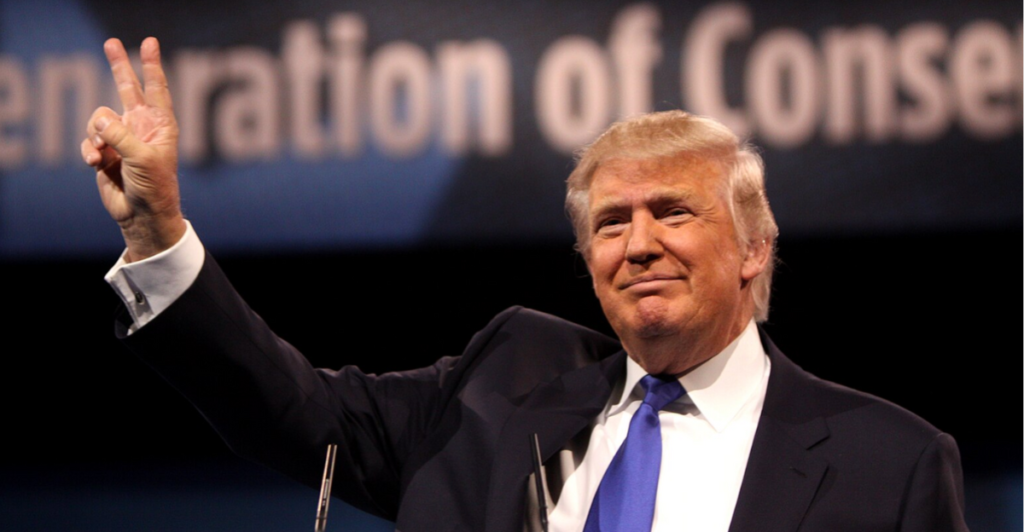
The U.S. government under the leadership of President Trump introduced a controversial tariff package on foreign-assembled automobiles and parts at a 25% duty, intending to protect U.S. automakers and to promote local production.
While costs of importing are higher for businesses, many companies had moved production back to U.S. facilities to create employment for areas previously destroyed by years of outsourcing. The tariffs have generated fierce controversy.
Supporters want to bring back jobs onto American shores and critics anticipate a negative reaction, such as higher prices for consumers and retaliatory action from other nations.
UAW’s Surprising Endorsement
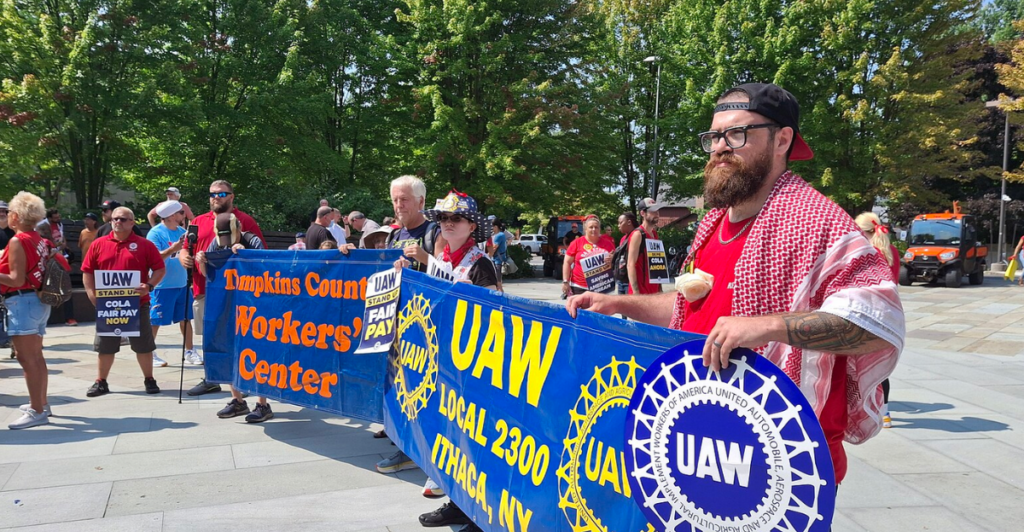
The United Auto Workers (UAW), a union typically supporting left-of-center policies, has surprisingly supported President Trump’s tariffs, though conditionally.
UAW President Shawn Fain conceded that the tariffs would create much-needed jobs in struggling manufacturing cities, particularly those in the Rust Belt. There are, however, concerns that a long-term impact of such tariffs on consumer prices and international trade relations may be devastating.
While the UAW has historically fought for fair trade practices, it’s clear that the union is willing to at least give these tariffs a shot, especially given how dire things had become for American automakers’ workers.
Rust Belt Job Gains
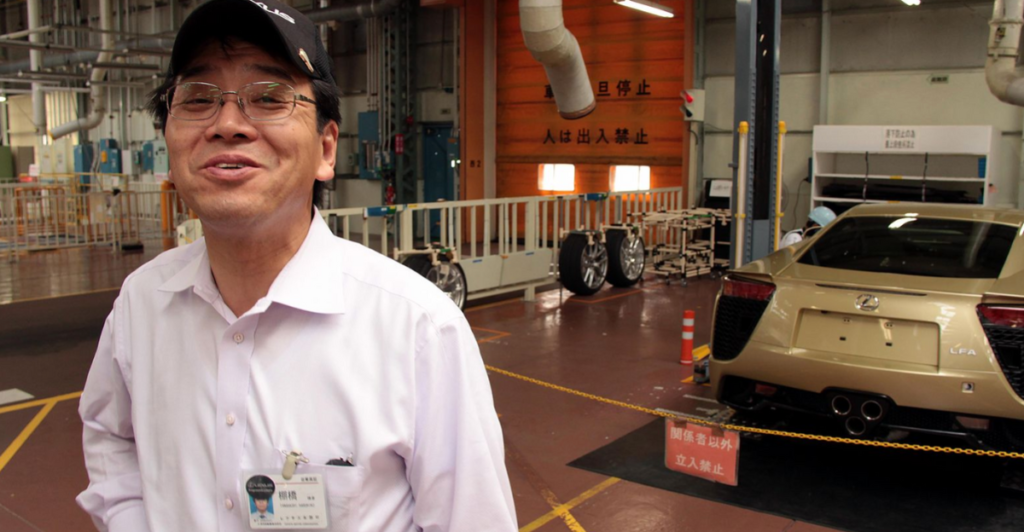
What was once the economic hub of U.S. manufacturing, the Rust Belt had been decimated by decades of outsourcing. Michigan, Ohio, and Pennsylvania had seen auto plant closures and large-scale layoffs.
But with tariffs, now things are looking up, and local automakers have responded by reopening plants or expanding current operations to meet rising demand.
These changes are directly benefiting the region’s workers, who are returning to the production lines. Job creation has become a lifeline for families in these areas, with both economic support and hope for a more stable future.
Split Worker Response
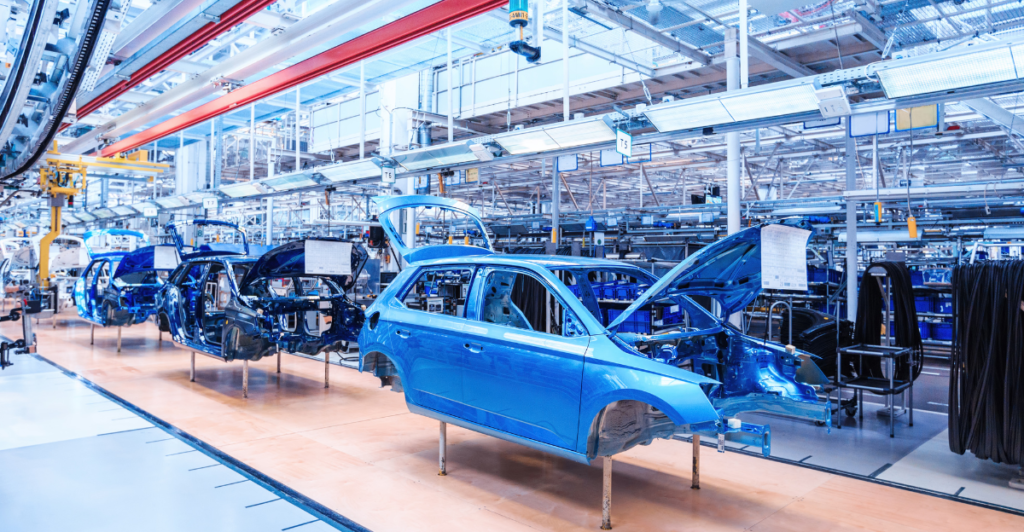
Though many workers have embraced the revival of manufacturing jobs, there is a split reaction to the tariffs. For others, the specter of job security and better pay is precisely what they have been waiting for.
Others are concerned, however, about long-term durability of these improvements. Concerns are also expressed about higher car prices as producers pass on the tariff cost to consumers.
Applying automation to the factories introduces another level of uncertainty as some workers wonder whether these new jobs will offer true long-term protection or if robots will eventually replace them.
Automakers’ Strategic Adjustments
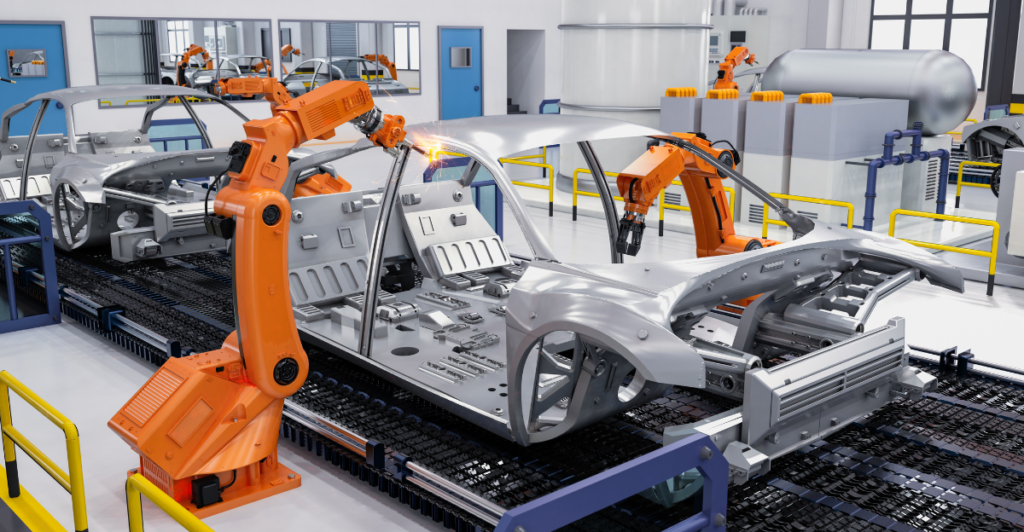
Under pressure from the tariffs, automakers have had to rethink their manufacturing strategies. Some are bringing business back to the U.S. in order to take advantage of tariff exemptions for locally made products, and others are investing in automation in order to streamline and cut costs.
Companies are also shifting supply chains to lessen their reliance on imports from the countries targeted by the tariffs, such as China.
These strategic realignments are designed to keep firms profitable while they adapt to the new trade reality. However, the success of these strategies in the long run is yet to be seen, with the motor vehicle market unsettled.
The Role of Automation
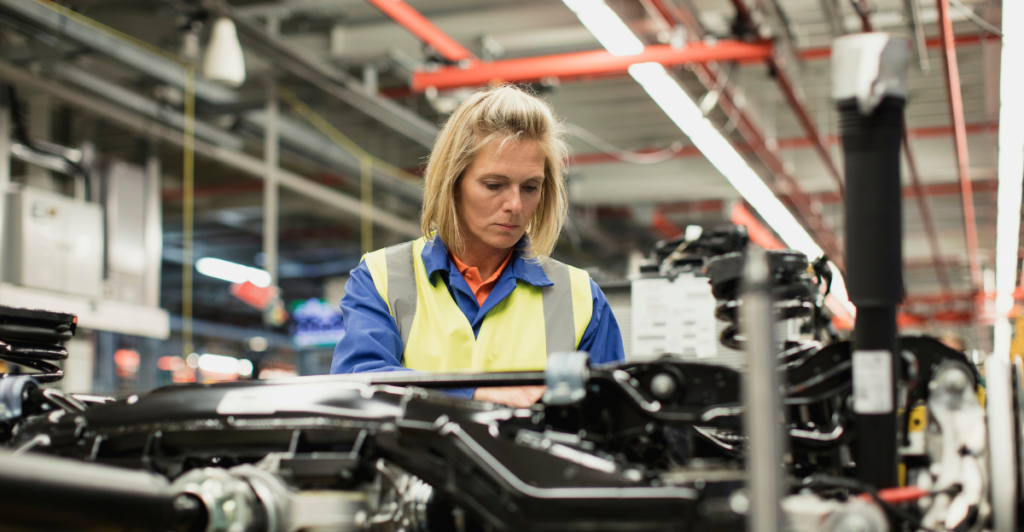
Amid the adjustment of the U.S. automotive sector to the new tariff reality, automation finds itself in the spotlight. As the expense of labor rises and the necessity of being more efficient arises, most producers are investing heavily in robotics and artificial intelligence.
Not only are these innovations accelerating production lines and making them more accurate, but they are reducing the amount of labor needed to accomplish particular tasks.
While automation might end up costing manual laborers their jobs, it also provides an opportunity for laborers to transition to more skilled positions. The question is how to ensure that workers obtain the necessary training and experience for such jobs.
Economic Risks and Rewards
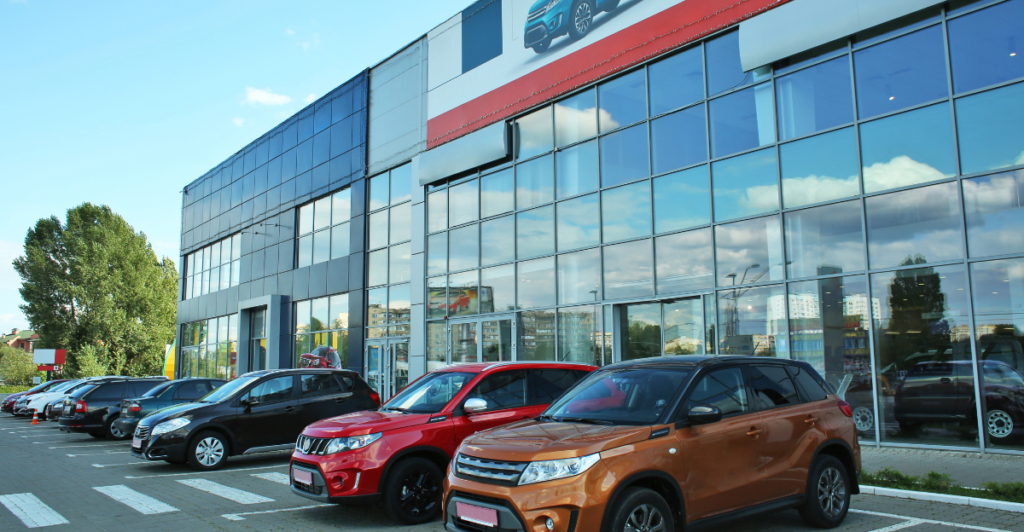
The tariffs on imported automobiles have given rise to an economic controversy that weighs both the risks and the benefits.
On one hand, the policies have generated jobs in the automotive sector, offering hope to factory workers in troubled factory towns. On the other hand, the tariffs may lead to higher prices for consumers, particularly vehicles and auto parts.
Additionally, retaliatory tariffs by other nations can hurt other industries in the U.S., from agriculture to technology. As automakers step into this new world, they’ll need to weigh the costs and benefits of these policies with utmost caution.
Global Trade Implications

America’s tariff system has far-reaching global trade implications, particularly for the car market. Countries targeted by tariffs retaliated further with duties on American goods, creating a global ripple effect.
The resulting trade war would have global implications beyond just impacting the automotive sector, with the global supply chains bearing the brunt.
The geopolitical situation is shifting, and nations are looking for ways to navigate through the emerging hostile world of trade. For America, these tariffs have become the focal point for negotiations in international trade talks, and the outcome will shape trade policy for years to come.
Looking Ahead
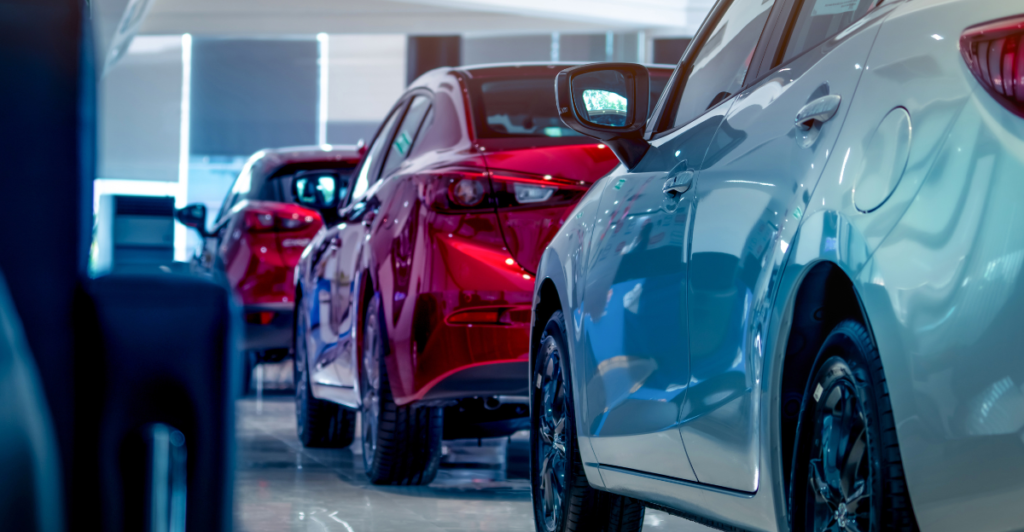
In the future, the fate of U.S. auto jobs hangs in the balance. While tariffs have brought on a renaissance in the US manufacturing industry, the long-term sustainability of this boom remains in question.
Greater use of automation, labor rates, and an evolving global trade environment will all play a role in whether or not the US auto industry can maintain its present rate. It will also depend on how adept automakers will prove to be in navigating these challenges while achieving an appropriate balance between job creation and cost reduction.
Until recently, however, the tariffs had unquestionably breathed life back into the sector, and the full impact of these movements will continue to adapt in the years to come.
Discover more trending stories and Follow us to keep inspiration flowing to your feed!

Craving more home and lifestyle inspiration? Hit Follow to keep the creativity flowing, and let us know your thoughts in the comments below!
